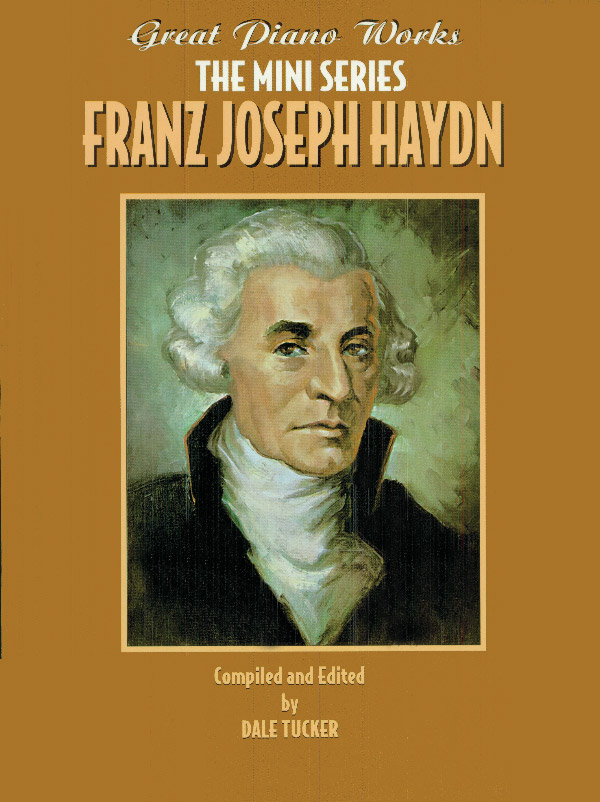

Contains 1,158 entries and lists the published volumes of the Joseph Haydn Werke (through 1990), the Hoboken Numbers, and Haydn’s compositions. The most complete annotated bibliography of Haydn research to date. Volume 31 of the Garland Composer Resource Manuals. The one extensive annotated bibliography, Grave and Grave 1990, though now dated, is nonetheless indispensable for Haydn research. 2010, are excellent and efficient starting points for those pursuing Haydn studies. Two nearly exhaustive encyclopedias of modern Haydn scholarship, Jones 2002 and Raab, et al. Although historically Haydn has been held up as the first of the three great practitioners of the “classical style,” recent reevaluations challenge such a linear view, a view that risks marginalizing Haydn’s early music, reducing Haydn to merely the composer who paved the way for Mozart and Beethoven, and implying “classical style” itself as the culmination of Haydn’s compositional output. was forced to become original.” Today, Haydn is regarded as a composer who experimented constantly throughout his career, and his music is celebrated for its wit and humor alongside a true earnestness and depth of feeling. Even Haydn himself, reflecting on his time in Eszterháza, famously commented to his biographer Griesinger on this aspect of his style: because he “was cut off from the world. Haydn’s musical style is highly original and unique, as was recognized at the time. He also composed some twenty Italian operas and several Singspiels, largely during a decade-long burst of activity composing dramatic works for Eszterháza’s two theaters. But Haydn composed much other sacred vocal music, including fourteen masses. The oratorios The Creation and The Seasons, both composed in the last decade of Haydn’s active compositional life, are his most widely known and admired vocal compositions today, just as they were in his lifetime. Later in life Haydn would lament that he did not write more vocal music, which at the time was more highly regarded than instrumental music, but vocal music in fact constitutes half of his compositional output. In Haydn’s own lifetime, his compositions in these two genres became models for emulation. He was an active symphonist for most of his career, writing more than one hundred symphonies over five decades, and his string quartet composition, while somewhat more sporadic, likewise spanned nearly his entire career. Haydn composed music in all major genres of sacred and secular music, although historically he is most widely regarded for his symphonies and string quartets. His musical career was centered in Vienna for the remainder of his life. His successes there cemented his reputation as the greatest living composer, and he returned to Vienna in 1795 a wealthy man. Two extended visits to London introduced the composer to the rich but highly competitive musical life of that city.
JOSEPH HAYDN SONGS PROFESSIONAL
In 1790, when the musical activities of the court were dramatically curtailed, Haydn was free to explore other professional opportunities. He was promoted to Kapellmeister in 1766 and retained this position for the rest of his life. In 1761 he began employment as Vice-Kapellmeister for the noble Esterházy family at Hungary’s most prominent princely court.

Haydn spent the 1750s in Vienna, piecing together a living as a freelance musician, teacher, composer, and later as the director of music for Count Morzin. Along with singing, he studied harpsichord and violin at the choir school. During his childhood and adolescence, Haydn was a choirboy at St. Joseph Haydn (b. 1732–d. 1809) was an Austrian composer who during his lifetime became the most famous and celebrated composer in Europe.


 0 kommentar(er)
0 kommentar(er)
